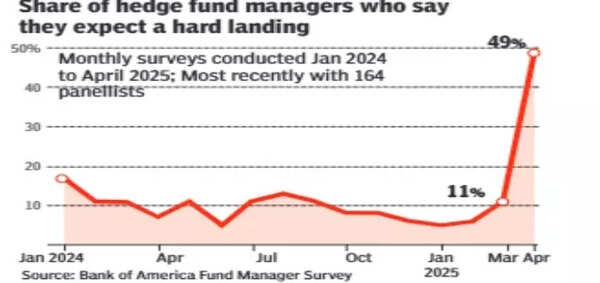Tata Elxsi, a design and technology services firm belonging to the Tata Group, has entered a strategic multi-year deal valued at €50 million with a leading European headquartered automotive OEM, the company said on Thursday.
This strategic deal would position Tata Elxsi as a key engineering partner for platform and application development across SDV (software defined vehicle), electrification, body, and chassis domains, it said in a statement.
As part of this collaboration, Tata Elxsi would establish a dedicated Global Engineering Centre to support the customer’s software platform roadmap and brand aligned software engineering programmes. This centre would serve as a hub for developing a unified technology stack encompassing a proprietary operating system, electronic architecture and automotive cloud, it further said.
Manoj Raghavan, CEO & Managing Director, Tata Elxsi, commented: “This engagement marks a significant step in our strategy to enable next-generation mobility through platform-centric, software-led engineering.’‘
ends
Published – April 17, 2025 10:48 pm IST



























